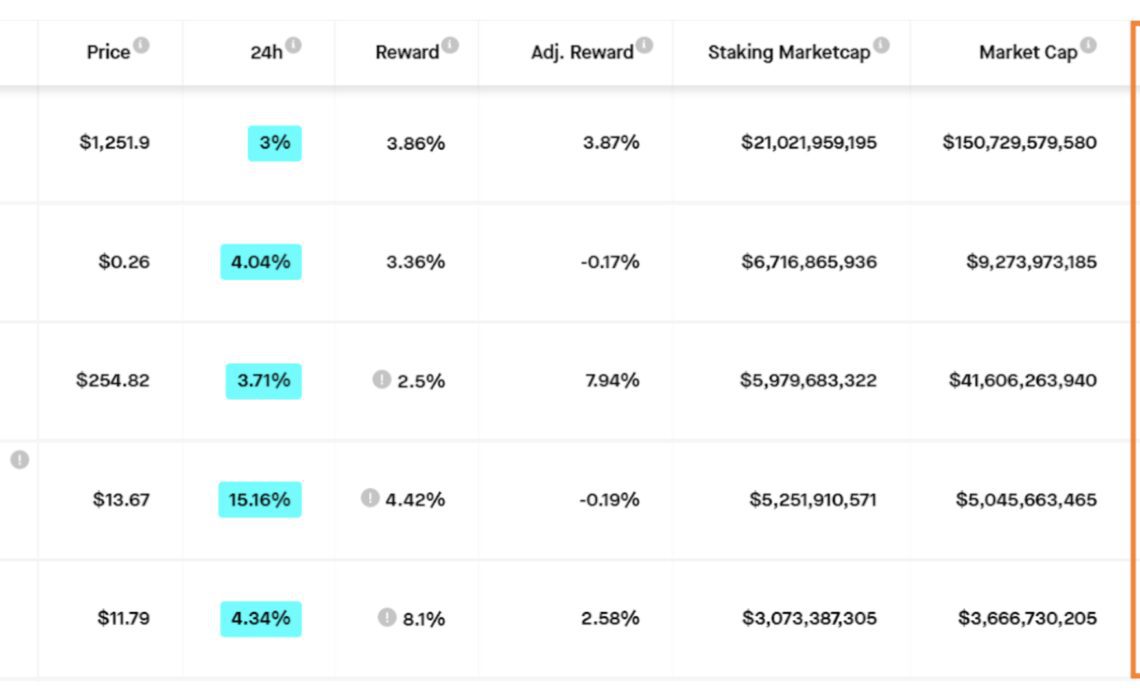The crypto market witnessed the DeFi summer of 2020, where decentralized finance applications like Compound and Uniswap turned Ether (ETH) and Bitcoin (BTC) into yield-bearing assets via yield farming and liquidity mining rewards. The price of Ether nearly doubled to $490 as the total liquidity across DeFi protocols quickly surged to $10 billion.
Toward the end of 2020 and early 2021, the COVID-19-induced quantitative easing across global markets was in full effect, causing a mega-bull run that lasted almost a year. During this time, Ether’s price increased nearly ten times to a peak above $4,800.
After the euphoric bullish phase ended, a painful cool-down journey was exacerbated by the UST-LUNA crash which began in early 2022. This took Ether’s price down to $800. A ray of hope eventually arrived in the third quarter as the market experienced a positive rally led by the Ethereum Merge narrative.
The shift to an environmentally-friendly proof-of-stake (PoS) consensus mechanism was a big step forward. The event also reduced Ether inflation post-merge. During a lead-up to the Merge on Sept. 15, 2021, ETH peaked at over $2,000. However, the bullish momentum faded quickly, turning the Merge into a buy-the-rumor and sell-the-news event.
A similar bullish opportunity could be brewing in Ether as the upcoming Shanghai upgrade scheduled for March 2023 grabs the market spotlight. The upgrade will finally enable withdrawals from Ethereum staking contracts, which are locked presently. The upgrade will significantly reduce the risk of staking ETH.
It will provide an opportunity for liquidity staking protocols to grow. The governance tokens of some of these protocols have jumped since the start of the new year as hype builds around.
There’s a possibility that the upgrade can push these tokens toward last year’s Merge highs. Moreover, Ethereum’s staking space is still in its early stages, providing a market opportunity for the growth of these protocols.
The percentage of staked Ether is low
Currently, 13.18% of Ether’s total supply is staked on the Beacon Chain, which is low compared to other proof-of-stake (PoS) chains like Cosmos Hub (ATOM) with a staking ratio of 62.5%, Cardano (ADA) with 71.8%, and Solana (SOL) at 71.4%. The reason for Ethereum’s low staking ratio is that the staked Ether is locked in its current state, but this will change in March.
The…
Click Here to Read the Full Original Article at Cointelegraph.com News…
























